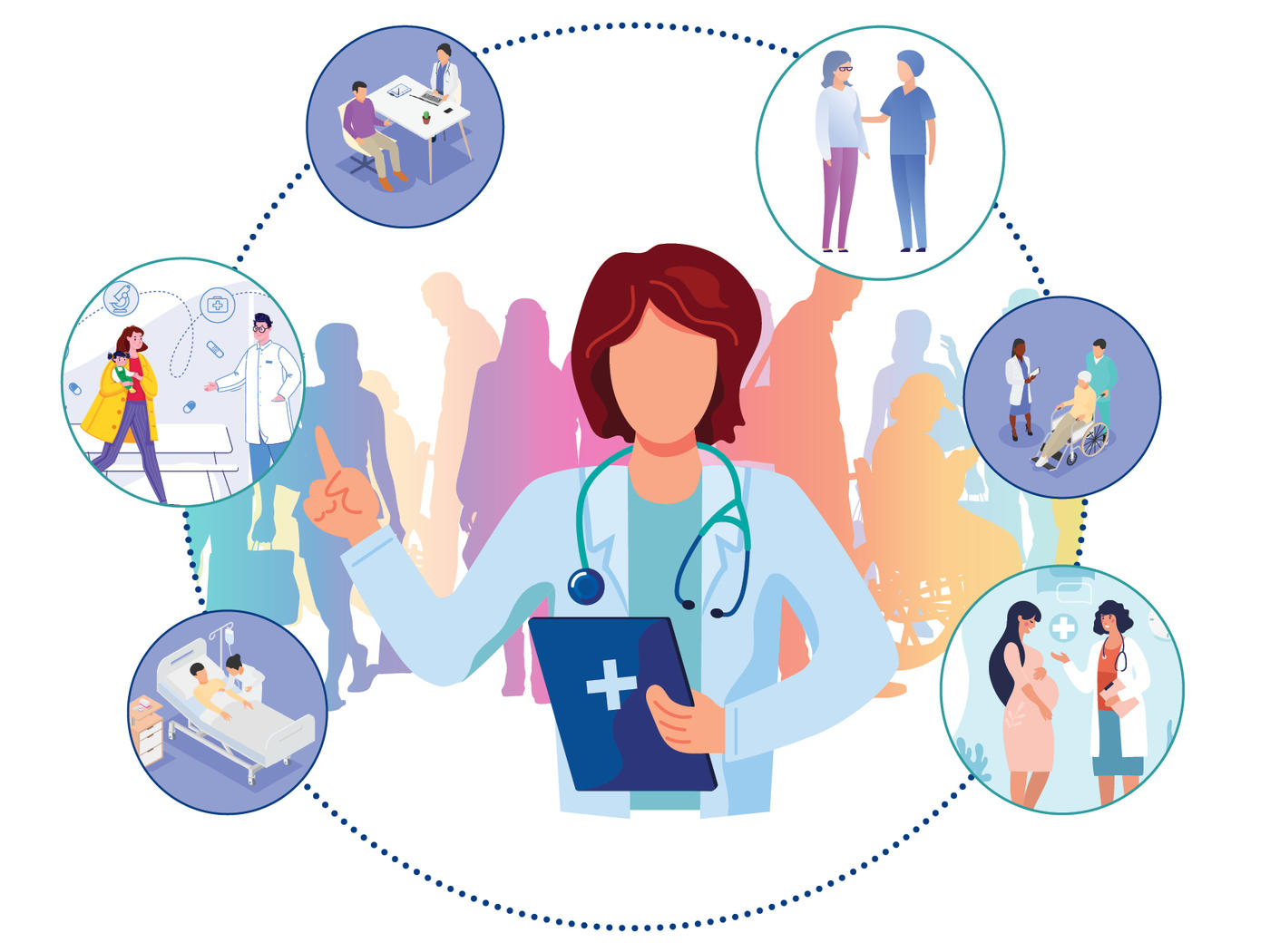Featured
Tags
Share
- Home / Blog / Nursing Today / It Took Years but Susan Hirth Finally Found the Nursing Role of a Lifetime to Help Others
It Took Years but Susan Hirth Finally Found the Nursing Role of a Lifetime to Help Others

Staying engaged and challenged in the workplace is a top priority for alumna Susan Hirth, BSN, RN-BC, CPHQ. She spent the first few years of her career as a phlebotomist but then felt the urge for something more so she tried her hand as a medical assistant. Not sure what to do next, Susan enrolled in nursing school while juggling mom duties for her three children, which included Stepping Forward as a volunteer for their various activities.
Soon after becoming a registered nurse, Susan joined a hospital where she spent the next 17 years in the cardiac telemetry unit (one of her favorite places), the ICU and the quality department. Her last role required a higher degree so she enrolled in Chamberlain University’s Bachelor of Science in Nursing (BSN) degree program because of a coworker’s rave reviews about the school’s support staff and online capabilities.
It’s All About Quality
“Higher education puts all the pieces together,” Susan said, adding that quality improvement opened her eyes to the bigger picture. “It exposes you to the background of things and you begin to understand the meaning behind the quality department and the regulatory role.”
Susan praises many mentors and bosses who always supported her and “prodded her to move in different directions” until she found what best suited her. In 2012 while in quality improvement, Susan began to use data to enhance care for stroke patients. She improved upon that program and its benefits by sharing data with various groups including those focused on patient safety, quality assurance, process improvement and interdisciplinary teams – all working together to improve the patient-care process. All their efforts and hard work paid off in 2016 when Susan and her team successfully achieved advanced certification as a stroke center.
Making a Difference from the Top
Through various hospital acquisitions, Susan changed jobs once again – most recently landing in a director role for regulatory and accreditation departments. Though she admits to missing direct patient contact, she enjoys helping behind the scenes and knowing she’s making a difference with the nurses on the floor.
“I work in the nursing unit with staff and speak with them about their experience.” Specifically, Susan’s role positively impacts nursing by:
- Overseeing the entire nursing process, listening to what nurses deal with on a day-to-day basis
- Reviewing records on medication management, particularly in the ICU
- Managing the documentation on the medical record
- Evaluating how healthcare professionals are complying to the regulations and compliance
- Ensuring patients’ safety measures and patients’ rights are met
“In this role, I used to feel I wasn’t getting the same level of personal satisfaction or contributing to the wellbeing of the patients than when I was on the floor,” Susan said. “But now I can see for myself that my role is directly affecting patient care but at a higher point in the process. It’s a trickle-down effect that in the end is helping nurses do their job effectively and therefore is helping the patients.”
Visit Chamberlain University to learn more about its BSN-degree program.
By Heather L Hurtado
More from Nursing Today
Request More Information
To receive the Chamberlain University Program Guide, including associated career paths, please select a program of study.







